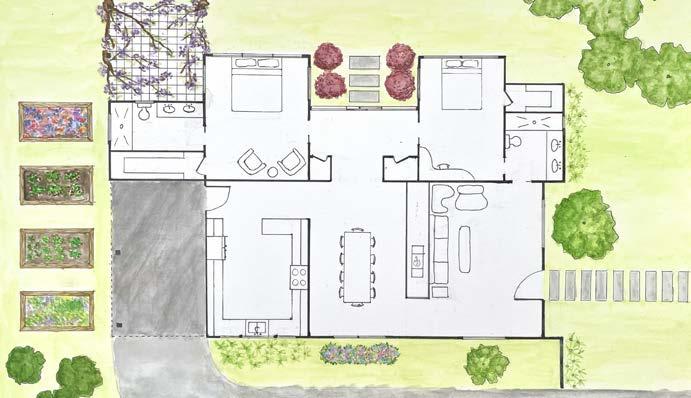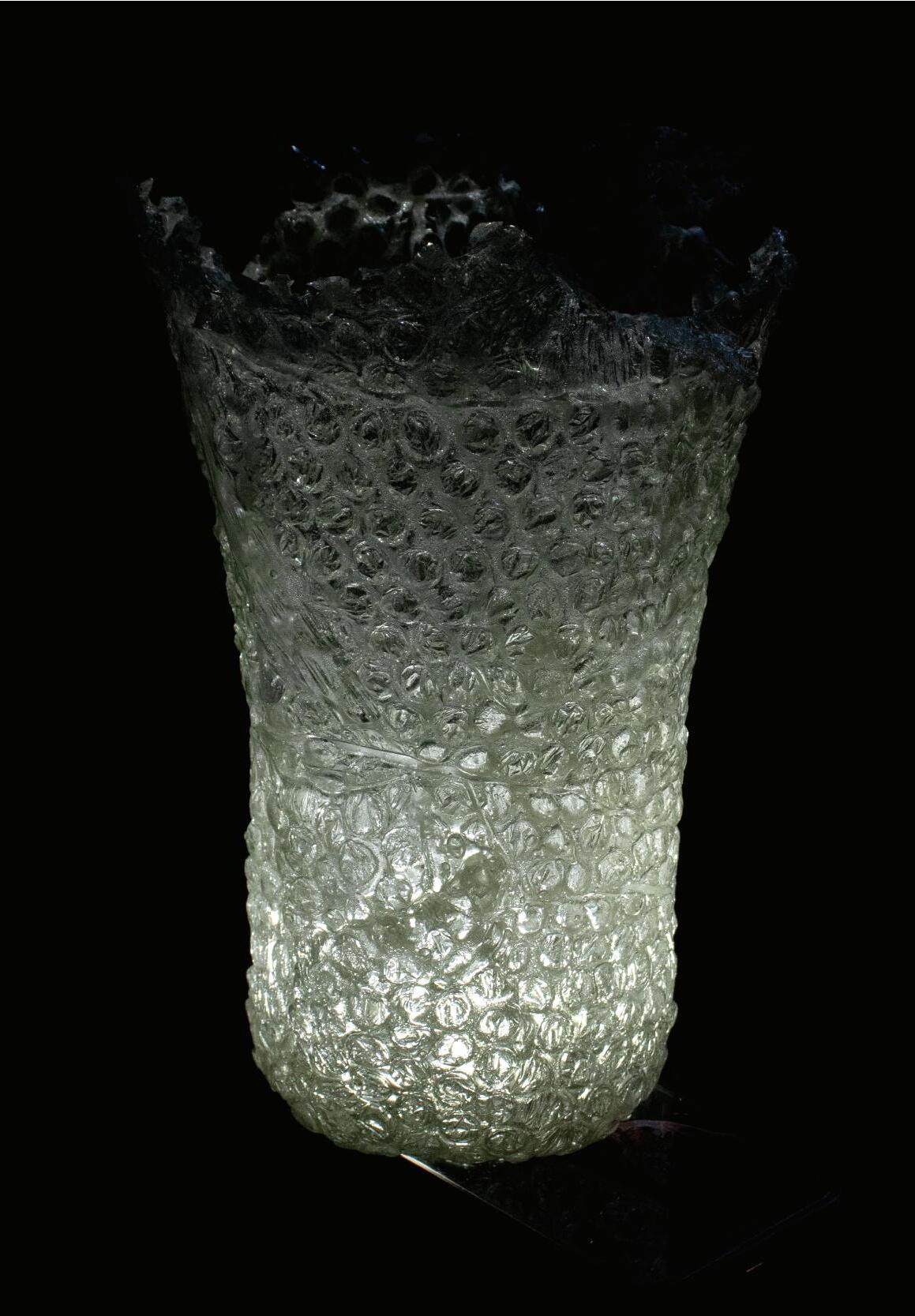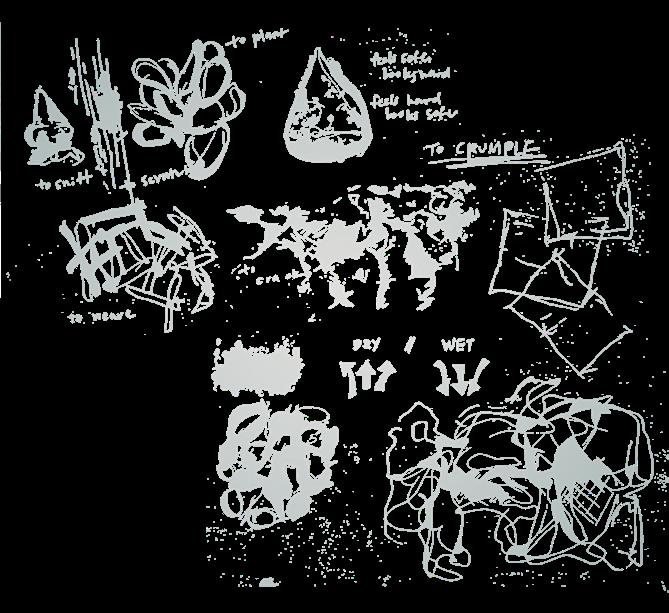
2 minute read
MATERIALOGICS: VESSELS
TINA WANG
Material Logics
Advertisement
Julian Harake Fall 2022
I thought I was a hardcore perfectionist.
As a student completing a degree in architecture, I can plan, sketch, and model with fine levels of formal resolution. I find joy in seeing the clarity and elegance of form bespeak my ideas, of course, through the representation of computer models in the perspective window.
Something was missing. As I become more adept at designing with digital tools, I wonder why those designs look like single objects trapped in frozen shape space. Then, I start to question the primacy of geometric rationalization in the design process. Curious to see what structural behaviors that calculations could not initially provide, I want to explore the nonlinear material behavior towards the design of decorative vessels.
Materialogic: Vessels is about making. It is a lineup of hand-made vessels unique in proportion, shape, and personality. Due to the intrinsic nature of the material – gelatin, food coloring, glycerin, bubble solution, and optionally cheesecloth – each vessel not only twist and curves but also droop, bond, and spread.
Materialogic: Vessels is about experiencing with our hands and all our senses. These vessels are not single objects; they are informed by the spaces around them and amenable to individual experiences. Crumple one thin sheet: it is a bowl. Combine two porous sheets: it is a pencil holder. Stack three folded sheets: it is a bookend. The life cycle of these sheets is circular. The combination of materials can be used and reused by repeating the process of its heating. The sheet can be used as an adhesive when it is wet or used as a structure that permanently maintains its shape when it is dry.
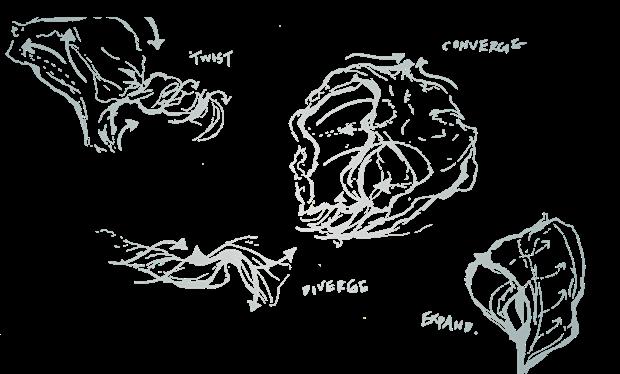
The material sheet preserves its content but its properties are fascinatingly fluid. Materialogic: Vessels offers architectural design formal possibilities –dim in outline – that require releasing design ownership and letting the materials take a course of action that may not always make logical sense.
Should we disregard geometric rationalization?
No.
Materialogic: Vessels does require deliberate mold-making in the replicating process but is more contingent on methods of fabrication.
There remains a lot uncontrolled, yet all came together in the most elegant display of architectural moments in Materialogic: Vessels.
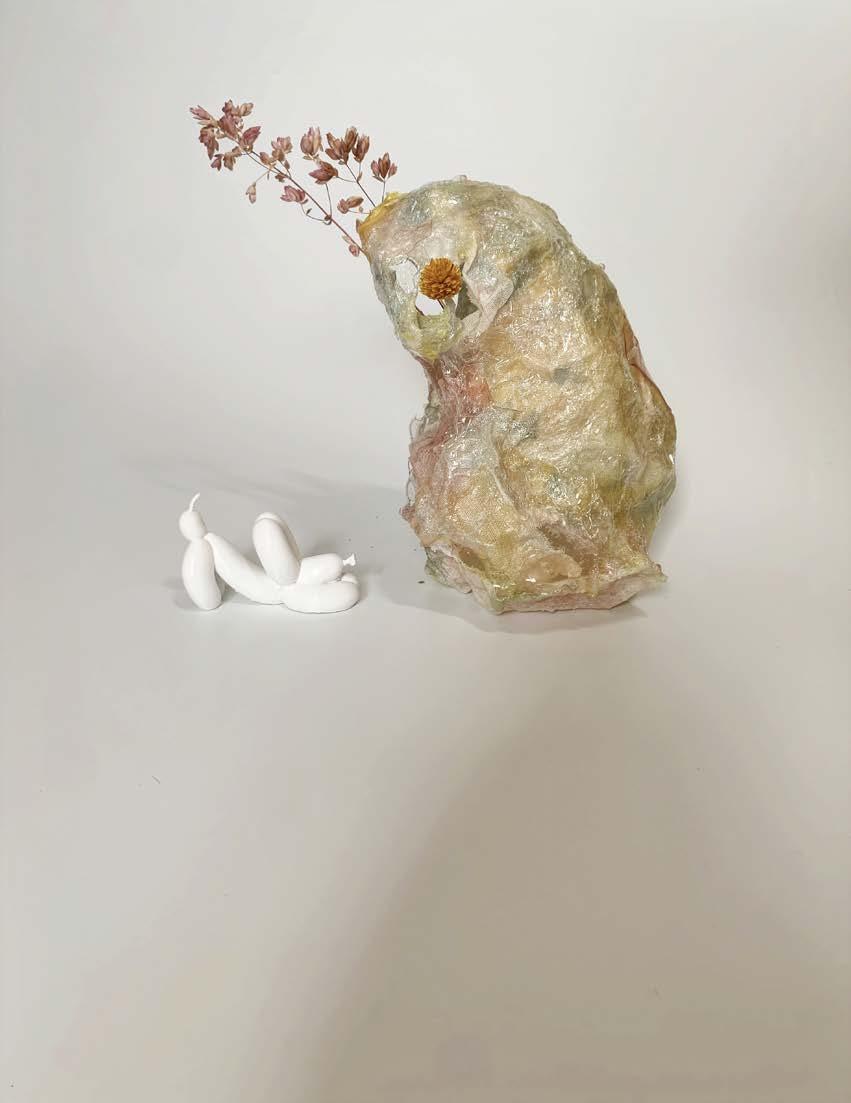
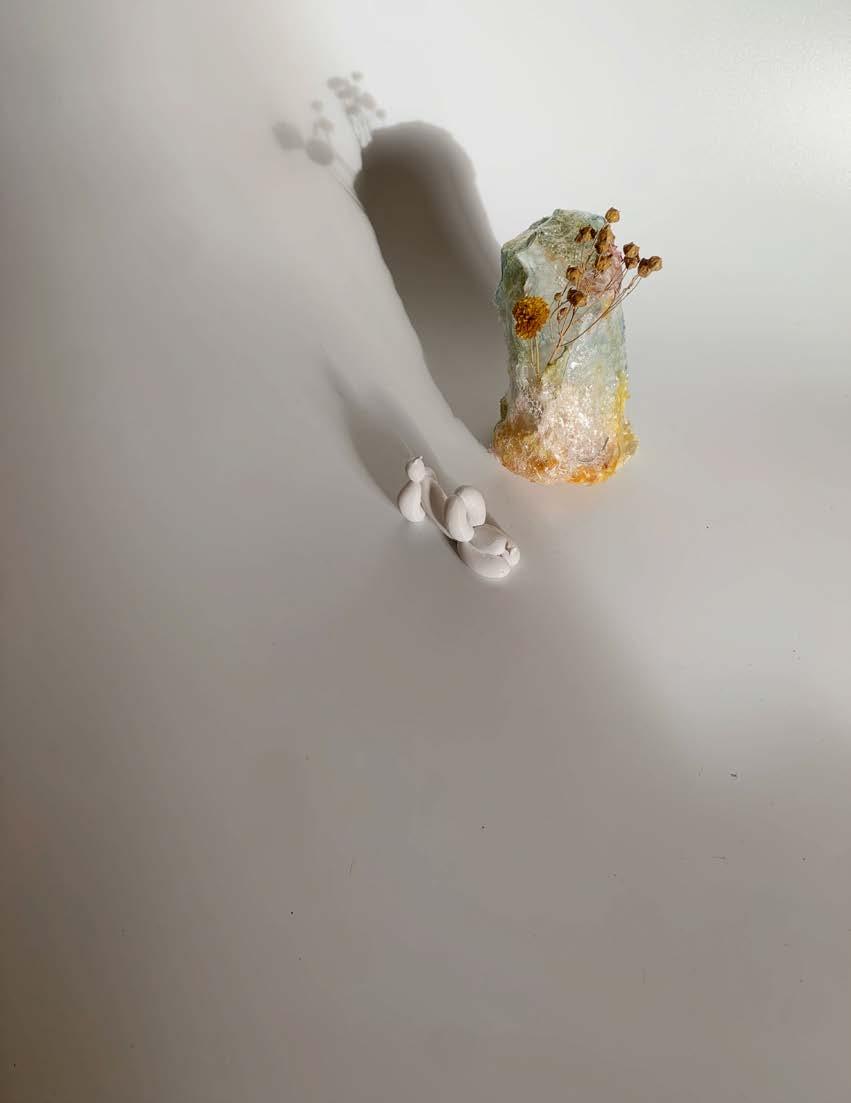
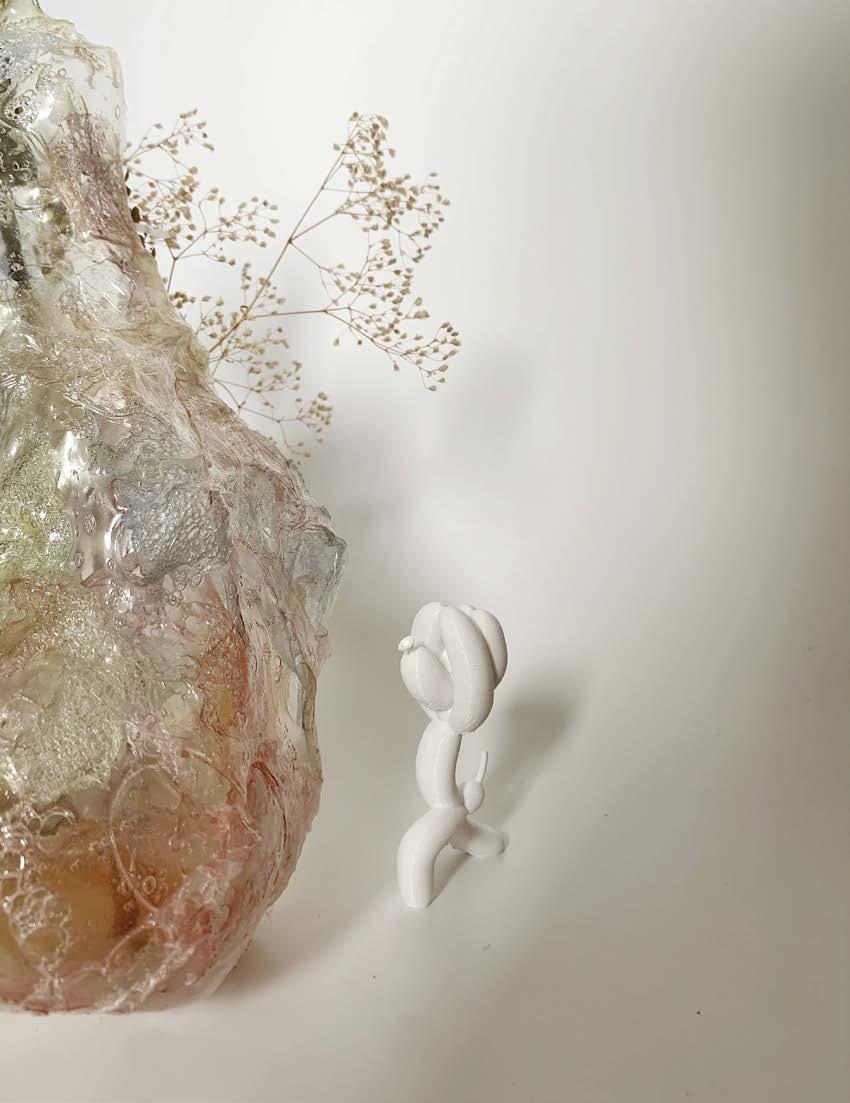
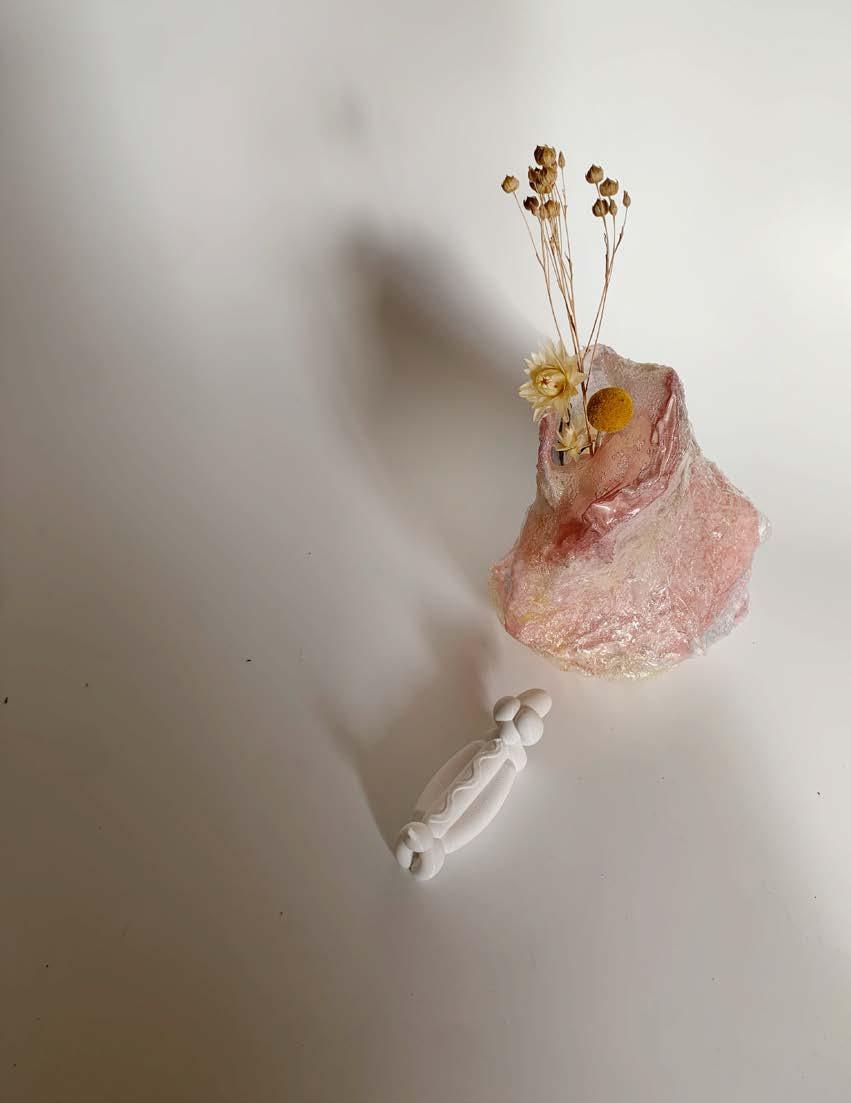
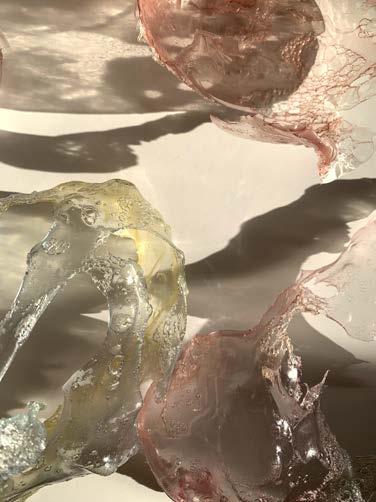
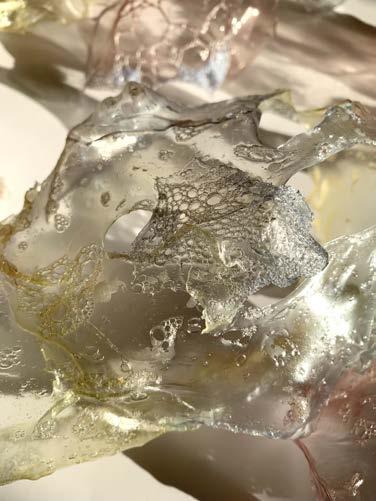
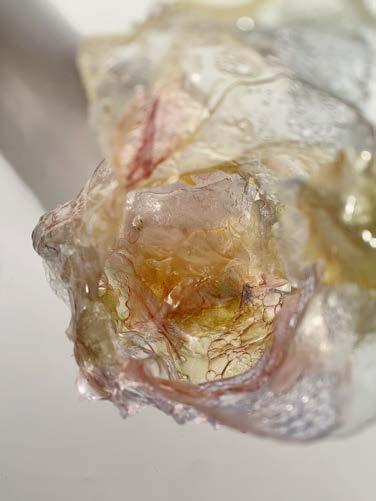
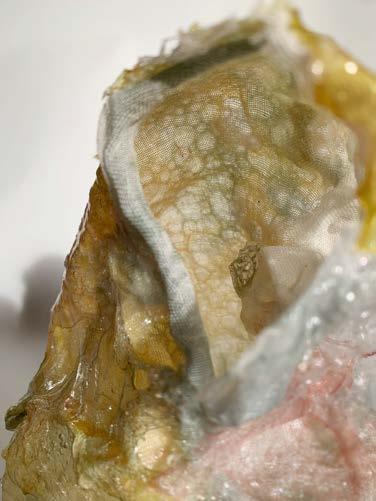
Ramona Delyser
Looking around my 114 square-foot dorm room, I noticed the little arrangements I had made with the few things I brought from home. I wondered how my tastes would manifest on a larger scale in a home of my design. Having no experience and only my memories of Sunset magazine ranch houses to guide me, I began.
In this small sketch inspired by my bedside table, I imagined a shrine in front of large windows, behind which the pink paper potted flowers had grown to be smoke bushes. The shrine and smoke bushes were key features of my family’s life in my childhood home.
I established a rough layout of the house and worked out the dimensions, ending up with a 1500 square foot home. The smoke bushes and wall of windows of the original inspiration still remain, but in a more practical way. Elements of homes I had loved as a kid integrated themselves into my design: a pass-through over the stove, garden beds by the carport, lavender like at my grandma’s house, bamboo along various walls, and wisteria over the patio.
While not everything is drawn in perfect convention and there are surely many improvements to be made, I found the process to be extremely rewarding. I was able to create a personal reflection of my memories. I enjoyed revisiting the residential architecture of my past that has shaped the way I understand and create spaces.
